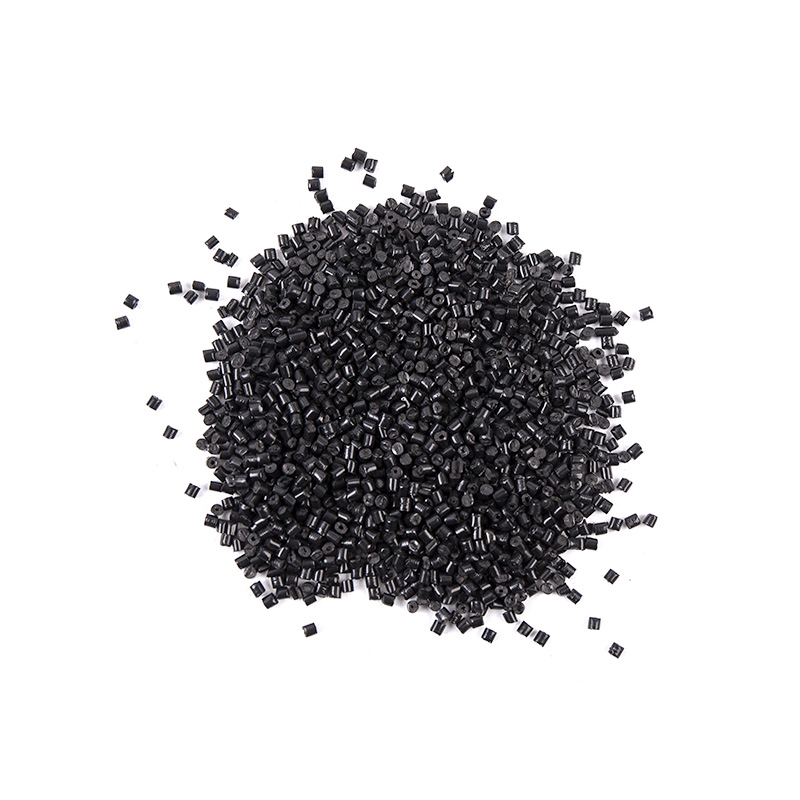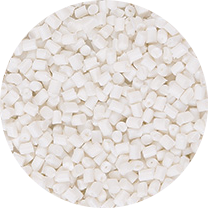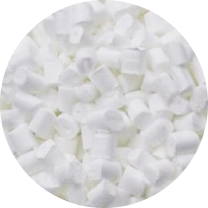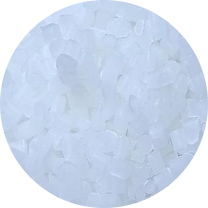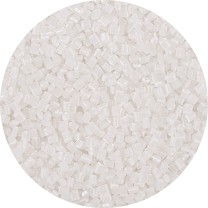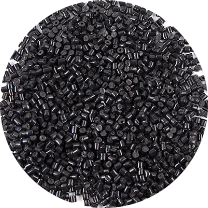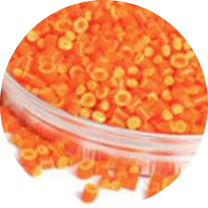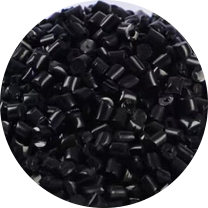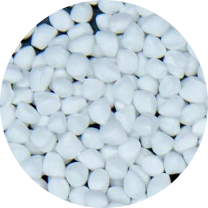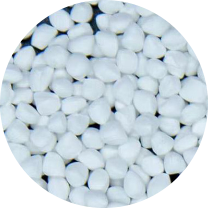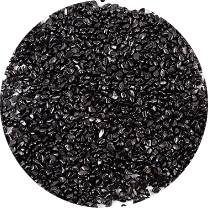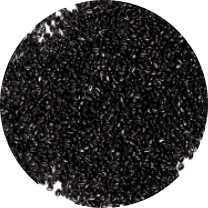Meltblown Masterbatch: Key Applications and Performance Parameters
Applications of Meltblown Masterbatch in Face Mask Production
Meltblown masterbatch is a critical material in the production of high-efficiency face masks, particularly for the filtration layer. The meltblown nonwoven fabric, made from polypropylene (PP) with specialized additives, provides excellent electrostatic adsorption properties, capturing fine particles and microorganisms. With the increasing demand for medical and N95 masks, the role of meltblown masterbatch has become even more significant. Its ability to enhance filtration efficiency while maintaining breathability makes it indispensable in pandemic preparedness and healthcare safety.
Melt-Blown Polyester Yarn Black Masterbatch Color Carbon Masterbatch
Melt Flow Rate (MFR) Parameters for Meltblown Masterbatch
The Melt Flow Rate (MFR) is a crucial parameter determining the processability and performance of meltblown masterbatch. Typically, an MFR range of 800-1500 g/10 min is preferred for meltblown nonwovens, as it ensures optimal fiber formation and uniformity. A higher MFR allows for finer fibers, improving filtration efficiency, while maintaining mechanical strength. Manufacturers must carefully balance MFR with polymer viscosity to achieve the desired web structure for air filtration and mask applications.
Use of Meltblown Masterbatch in Air Filtration Materials
Beyond face masks, meltblown masterbatch is widely used in HEPA filters, HVAC systems, and automotive air purification. The material’s fine fiber structure and electrostatic charge enhance particle capture, making it ideal for high-performance filtration. With growing concerns over air pollution and airborne pathogens, the demand for advanced meltblown filtration media continues to rise, driving innovation in polymer formulations and processing techniques.
prevNo previous article
nextMeltblown Masterbatch: Essential Material for High-Performance Nonwoven Fabrics


 English
English 中文简体
中文简体 한국어
한국어 عربى
عربى